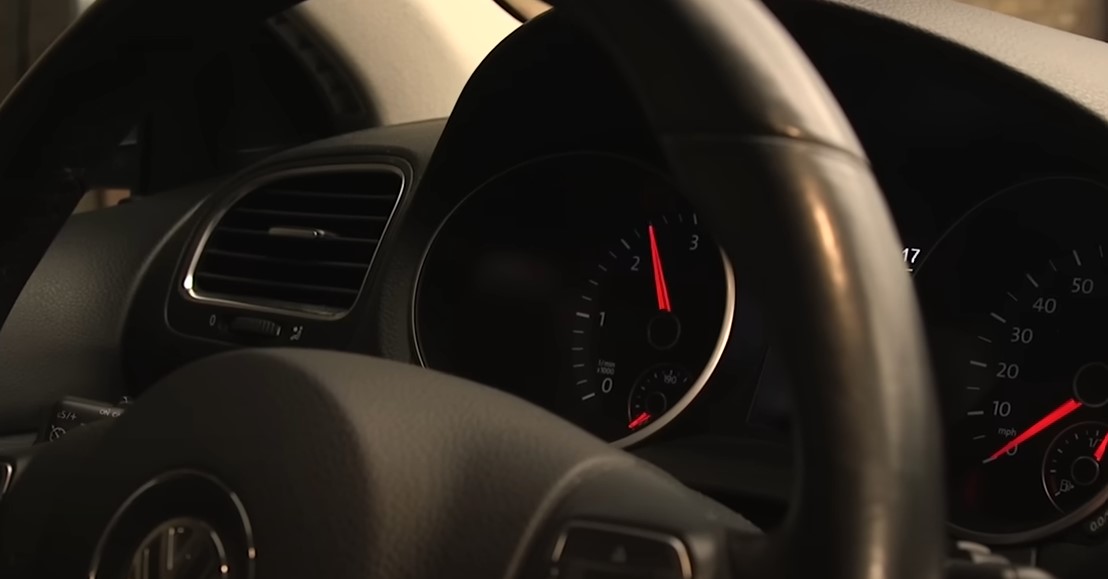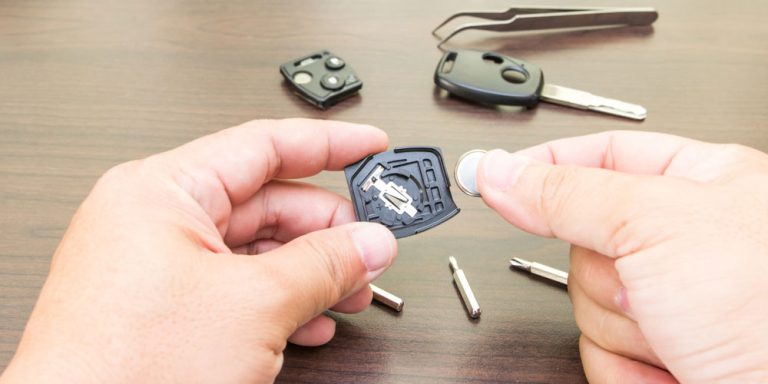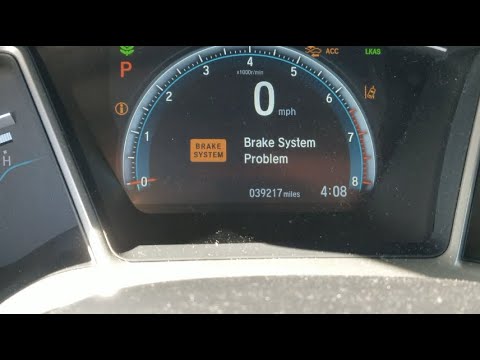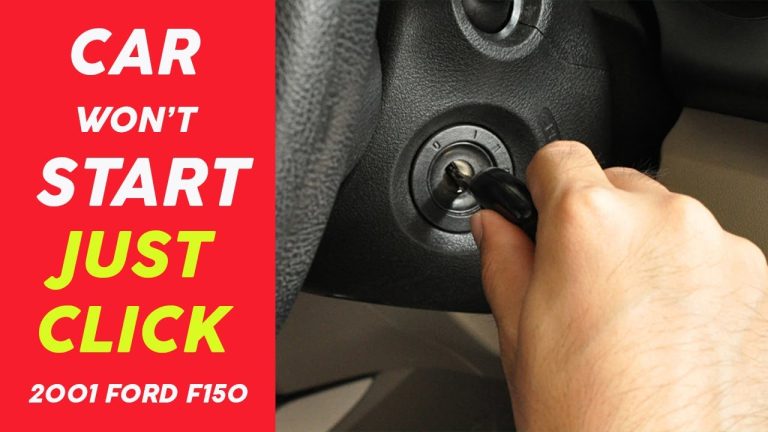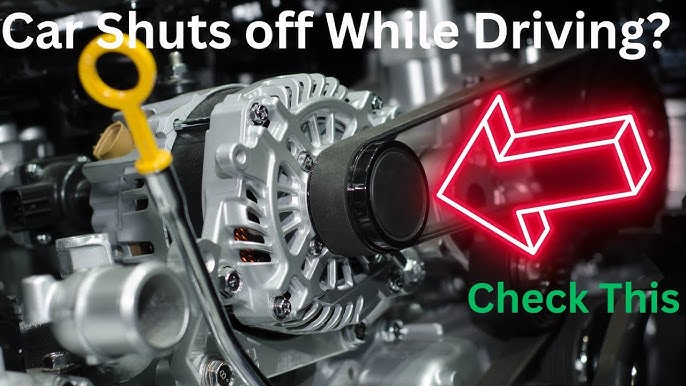How to Jump a Car with Jumper Cables? The Complete Guide
How to Jump a Car with Jumper Cables? To jump a car with jumper cables, connect red to the dead battery’s positive, then red to the good battery’s positive. Connect black to the good battery’s negative, then to a metal ground on the dead car. Start the working car, wait, then start the dead one. Remove cables in reverse.
If your car battery dies unexpectedly, it can be frustrating—especially if you’re in a rush. Fortunately, jump-starting your car with jumper cables is one of the simplest and most effective ways to get back on the road. This guide will walk you through how to jump a car with jumper cables safely, step-by-step, and help you understand the dos and don’ts of the process.
Whether you’re a first-time driver or just need a refresher, this comprehensive article will teach you everything you need to know.
How to Jump a Car with Jumper Cables?
What You Need to Jump a Car
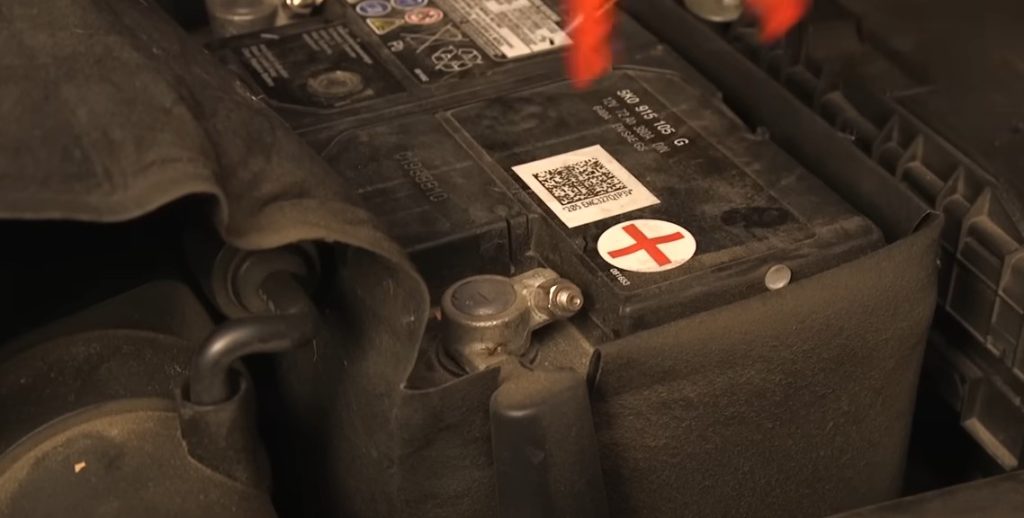
Before you start, it’s essential to gather the necessary tools and understand the basic components involved. Jump-starting a car isn’t just about connecting two vehicles and hoping for the best—you need to be prepared.
Tools Required
- A pair of quality jumper cables: Preferably 10–20 feet long, insulated, and with strong clamps.
- A working vehicle: This car must have a fully charged battery of the same voltage (usually 12V).
- Protective gloves (optional): For added safety when handling metal clamps.
- Eye protection (optional): Especially if your battery is old or leaking.
- A clean, dry environment: Avoid jumping your car in rain or standing water.
Understanding Car Battery Terminals
Most car batteries have two terminals:
- Positive (+): Usually marked with a red cover or the “+” symbol.
- Negative (–): Typically black or marked with the “–” symbol.
Make sure you can clearly identify both before proceeding.
Step-by-Step Instructions on How to Jump a Car
Jump-starting a car with jumper cables is a fairly simple process, but it must be done in the correct order to prevent injury or damage. Here’s a clear, step-by-step guide.
Step 1: Position the Vehicles
- Park the working car close enough to the dead car so the cables can reach both batteries.
- Turn off both engines.
- Engage parking brakes.
- Turn off all accessories like lights, radios, and air conditioning.
Step 2: Attach Jumper Cables in the Right Order
- Red clamp to dead battery’s positive terminal (+).
- Red clamp to good battery’s positive terminal (+).
- Black clamp to good battery’s negative terminal (–).
- Black clamp to unpainted metal surface on the dead car (not the battery), such as a bolt or engine block. This grounds the connection and reduces spark risk.
Important: Do not attach the black clamp directly to the negative terminal of the dead battery—it can cause an explosion.
Step 3: Start the Working Car
- Start the engine of the good vehicle.
- Let it run for 2–3 minutes to transfer power to the dead battery.
Step 4: Start the Dead Car
- Try starting the dead car.
- If it doesn’t start, wait another 2–3 minutes and try again.
- Once it starts, let both cars run for 5–10 minutes.
Step 5: Disconnect the Cables (Reverse Order)
- Remove black clamp from grounded metal on the dead car.
- Remove black clamp from the good battery.
- Remove red clamp from the good battery.
- Remove red clamp from the dead battery.
Make sure the clamps don’t touch each other or any metal surfaces during removal.
Common Mistakes to Avoid When Jump-Starting a Car
Even though jump-starting is simple, many people make dangerous or costly mistakes. Avoid the following to ensure safety and success:
1. Wrong Cable Connection Order
Attaching the jumper cables out of order can cause sparks or a short circuit. Always follow the correct sequence for connecting and disconnecting.
2. Connecting to the Wrong Terminal
Double-check that you’re connecting positive to positive and negative to a ground. Reversing them can damage your car’s electronics or even the battery.
3. Touching Metal Clamps Together
Once connected, do not let the cable clamps touch each other or metal surfaces—they can spark or short.
4. Jumping a Leaking or Damaged Battery
If you notice battery acid leaking or smell something burning, do not attempt to jump-start the car. Call a professional instead.
5. Attempting to Jump a Frozen Battery
In extremely cold temperatures, a frozen battery can explode when jump-started. Let the battery warm up indoors if possible, or have a mechanic check it first.
What to Do After Jump-Starting a Car
Getting your car running again is only the first step. You should take a few important actions afterward to ensure your battery doesn’t die again.
1. Drive for at Least 20–30 Minutes
Once your car is running, take a drive to let the alternator recharge the battery fully. Avoid short trips during this time.
2. Turn Off Electronics
Don’t run the radio, lights, or AC until your battery has had time to charge.
3. Get Your Battery Checked
Visit a nearby auto shop or use a multimeter to test your battery voltage. If the battery doesn’t hold a charge, you may need a replacement.
4. Check for Underlying Problems
A dead battery could indicate deeper issues like:
- Faulty alternator
- Parasitic drain
- Corroded battery terminals
Having a mechanic inspect your vehicle can prevent future problems.
When Not to Jump a Car with Jumper Cables
Sometimes, jump-starting your car might not be the right or safest option. Here are cases when you should avoid it:
1. Hybrid or Electric Vehicles
These vehicles often require special procedures or equipment. Refer to your owner’s manual.
2. Severely Damaged Batteries
If the battery case is cracked, swollen, or leaking fluid, it’s dangerous to jump it. Replace it instead.
3. Old or Outdated Cables
Thin or frayed jumper cables can overheat and cause damage. Invest in a good pair with thick gauge (e.g., 4-gauge or 6-gauge wire).
4. Noisy or Sparking Batteries
If you hear popping, sizzling, or see sparks, stop immediately. Call for professional assistance.
FAQs on Jump Starting a Car
1. Can I jump-start my car in the rain?
Yes, it is safe to jump a car in the rain if both batteries and cables are dry and you avoid standing water. Be extra cautious to prevent slips or contact with wet surfaces.
2. How long should I leave the cables on?
Leave the cables connected for at least 5–10 minutes after starting the dead car to allow enough charge. Then carefully disconnect them in reverse order.
3. Can jumping a car damage either vehicle?
Yes, incorrect cable connections or jumping a car with electrical issues can cause damage to batteries, alternators, and onboard computers. Follow instructions carefully to avoid this.
4. How many times can I jump-start a car battery?
There’s no strict limit, but frequent jump-starts indicate a failing battery. If you need a jump more than 2–3 times a week, it’s time to get your battery or charging system checked.
5. What if my car still won’t start after a jump?
Try letting the good car run longer before reattempting. If it still fails:
- Check your cable connections.
- Inspect the battery terminals.
- Consider calling roadside assistance or replacing the battery.
Conclusion
Jump-starting your car with jumper cables is an essential life skill every driver should know. It’s quick, effective, and can save you from being stranded. By following the correct order of connection, using reliable jumper cables, and taking precautions after the jump, you can safely restore power to a dead battery.
If your car frequently requires a jump-start, it’s time to investigate deeper issues like a weak battery, faulty alternator, or poor connections. With proper maintenance and awareness, you’ll stay prepared and avoid battery mishaps in the future.
Keep a set of jumper cables in your trunk and revisit this guide whenever you need a quick refresher on how to jump a car with jumper cables!
Related Article

